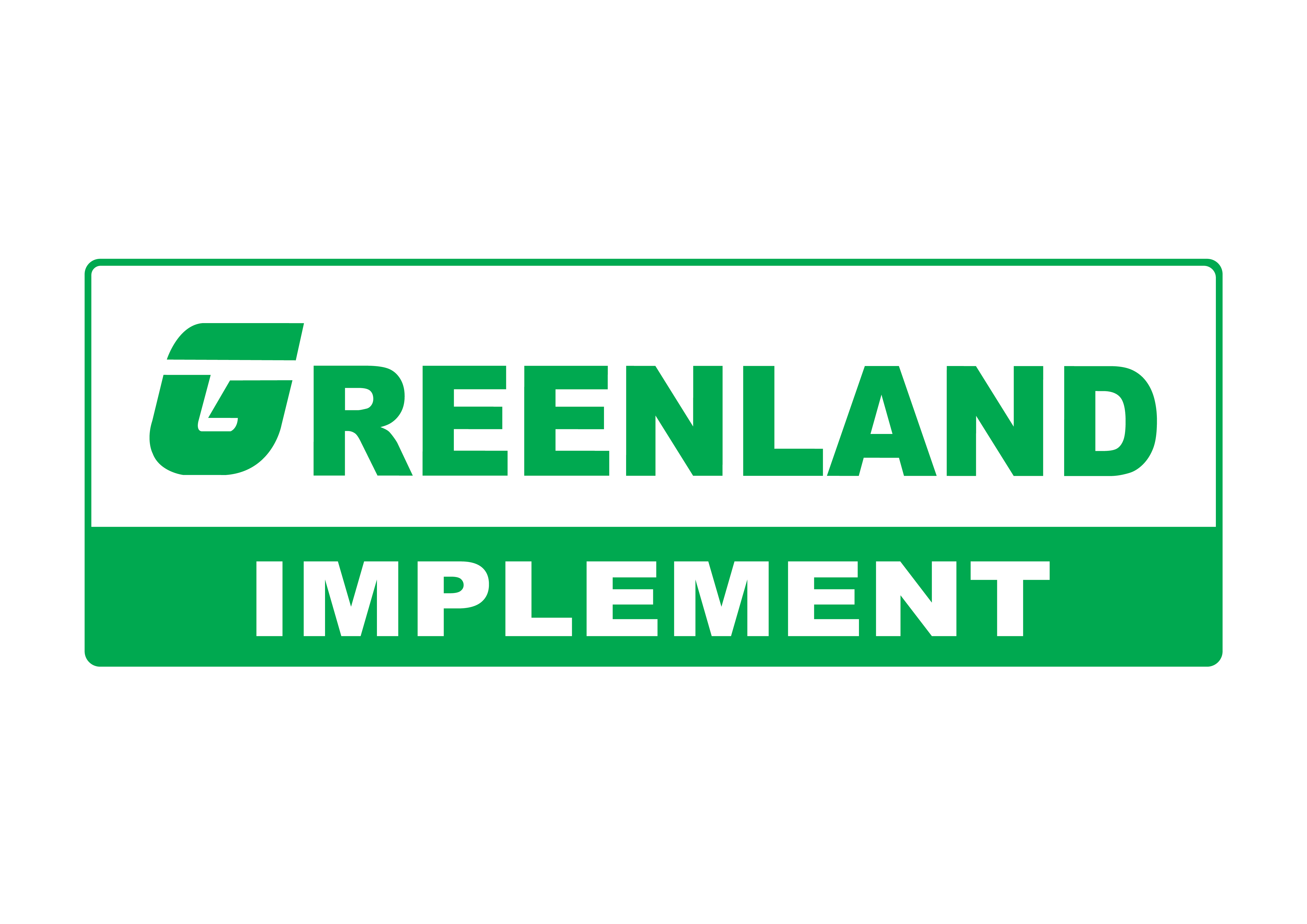Currently, Quang Tri has more than 1,300 hectares of summer-autumn rice crop affected by pests and diseases, the risk of arising on a large scale if no timely prevention measures are taken.
Information from the Plant Protection and Cultivation Sub-Department of Quang Tri province said that rice pests and diseases are at risk of arising on a large scale in the locality if no timely prevention measures are taken.
Out of a total of 23,000 hectares of summer-autumn rice in 2021, more than 1,300 hectares are now infected with pests and diseases. In which, the total area infected with brown planthopper and whiteback planthopper is 77 hectares, the density of common planthoppers is from 700 to 1,000 individuals/m2, where the height is more than 3,000 insects/m2.

Small leaf rollers damage more than 90 hectares, the density of common caterpillars is from 10 to 20 insects/m2, where the height is up to over 30 insects/m2; blight, blight, and blight damage on an area of 1,150 ha, distributed mainly in the districts of Hai Lang, Trieu Phong, Cam Lo, Gio Linh, Vinh Linh, and Ho Chi Minh City. Dong Ha.
It is forecasted that in the coming time, hot and sunny weather alternating with showers and thunderstorms will be favorable conditions for pests and diseases to cause damage on a large scale if not promptly prevented.
Mr. Tran Minh Tuan, Deputy Director of the Sub-Department of Plant Protection and Conservation of Quang Tri province, noted that currently, rice is in the stage of growing – flowering. This is an important stage that determines the yield and quality of harvested rice. Therefore, in order to minimize the damage caused by pests and diseases, the Sub-Department of Plant Protection and Prevention suggested that localities and farmers should strengthen field inspection, timely detect and handle pests.
In particular, for brown planthoppers and white-backed planthoppers, it is necessary to urgently spray insecticides in places with high density of 700 insects/m2 or more. Particularly for early rice teas, if infection with planthoppers is detected but is expected to be harvested before August 20, 2021, do not spray pesticides but harvest as soon as the rice is physiologically ripe.
In addition, closely monitor the development of small leaf rollers, especially on late rice teas; Spray insecticides when the caterpillars are 1-2 years old or 5-7 days after the butterfly blooms in places with a density of more than 10 insects/m2. Spraying to prevent powdery mildew, blight, stem rot, spider mite, etc. to avoid spreading to a large area.
In addition, people need to maintain rat eradication, closely monitor black-striped dwarf diseases, brown spots, stem borers, etc. to take timely measures to limit yield losses at the end of the crop.
Source: Nongnghiep.vn
